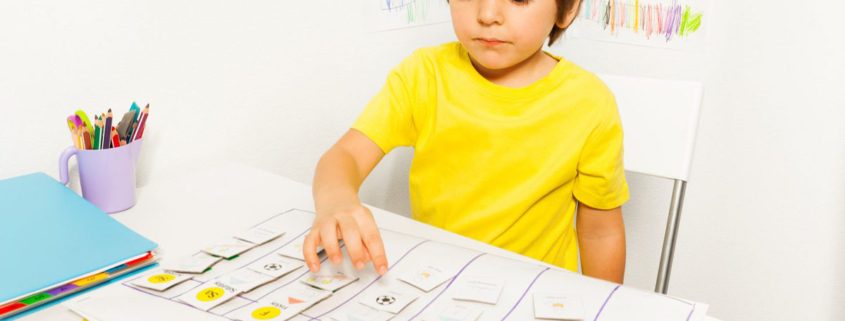What’s This I Hear About a Visual Schedule? Will It Really Help My Child?
To do lists, task manager, planners, sticky notes, a message on the palm of your hand. Does this list hit home with you?
I am personally a list maker and a time blocker. It helps keep all the balls I juggle in the air. I think many adults are in the same ocean when it comes to trying to keep track of everything that they need to accomplish. If it becomes too much, or we leave something off a list or off the calendar, it can tend to be anxiety triggering. Am I right?
What works for one of us may not work for all, but we usually figure out a way to keep our tasks in order and mark them off as they are completed.
We shouldn’t lose sight of this when working with our children. Whether you’re a parent, a teacher, or a caregiver, it is important to know that seeing a plan, knowing what is coming next, and seeing that there is an end in sight can all be very helpful when helping children navigate everyday life.
Visual schedules do not have to be fancy or have a lot of thought and energy put into them. They can be if you wish or if you and your child enjoy being crafty. You can absolutely turn it into a fun activity, and perhaps there would be a bit more investment in the idea initially if that is the case. Often, using a favorite character or color scheme makes the schedule user friendly and personal. However, they can be very simple, list like, or utilize pictures you take on your smartphone and print out.
Very young children or children just beginning to use schedules may benefit from a first/then type schedule in conjunction with a visual timer so that they are aware of the order of events as well as how long they are expected to work. Age and attention span should be taken into consideration when thinking about how long a child should attend to a task. An older child may benefit from a more list-like schedule, perhaps using pictures of them completing the tasks.
This schedule can also be broken down into morning and afternoon if that makes it more manageable. Whatever schedule design you decide to try, I would strongly suggest an “all-done” bucket or bag where the completed tasks can go when they’ve been completed.
Many think that rewards need to be tied to the completion of a schedule of tasks.
This isn’t the case necessarily. This is absolutely child specific. While some children understand and work well for a reward, some do not. For some, it may become a barrier to progression.
The final thought on using schedules to make it through the day is to make sure to incorporate breaks. Movement breaks after sitting for a while, tactile breaks for kids that need to keep their hands busy, breaks to incorporate vestibular input, or simply a brain break to relax in a soft, calm spot are essential for everyone to regroup and refuel before moving on to the next task.
I’ve linked an article from the University of Utah that includes a few ideas and easy templates to jump start you if you need it. The purpose is the same to guide and support children as they develop an understanding of their schedule, expectations, and time that they need to invest into each step.
https://www.ncbi.nlm.nih.gov/pmc/articles/PMC8733412/
https://education.missouri.edu/ebi/2018/04/08/visual-schedules/

